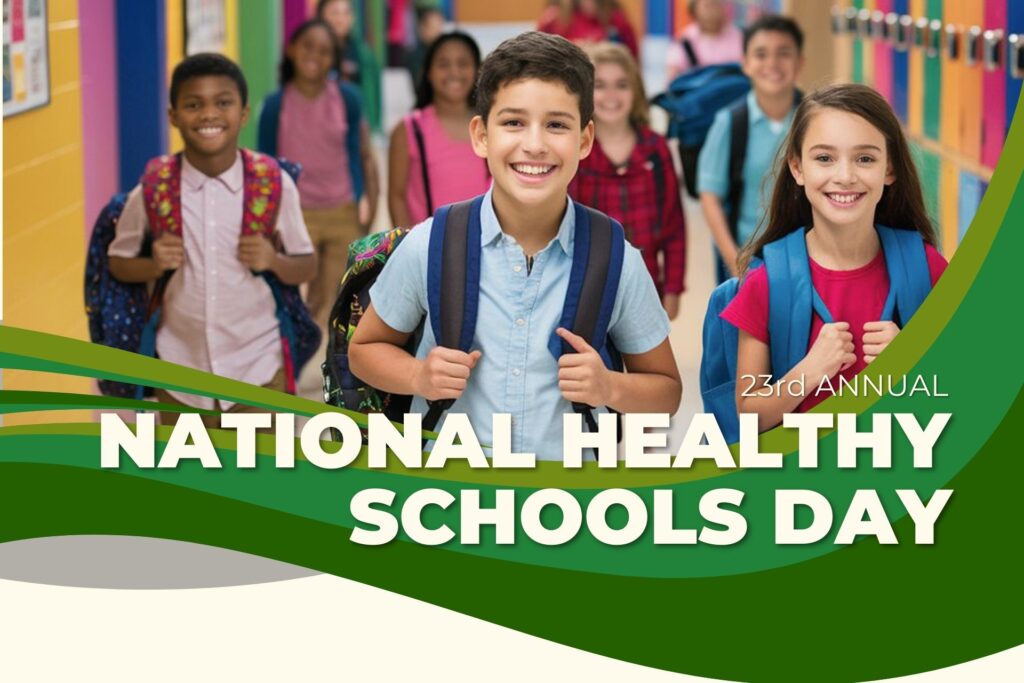National Healthy Schools Day 2025 is More Important Than Ever
Schools are the basic building blocks of communities. They are essential to kids’ health and learning, essential to the well-being of working parents, and critical to the economy and the nation’s future competitiveness.
School building and grounds resiliency to extreme climate events has become a critical issue as weather events increase in size, duration, and devastation. Schools provide over 8 billion square feet of learning space valued at over $3 trillion. Every school day those facilities are in use by 18% of the total US population. Schools can and are doing more to keep kids safe and to keep schools open safely.
This year, we will focus on state and local programs, plans, and funds that help schools stay open longer and/or reopen safely and quickly after disasters.
This year, we encourage YOU/YOUR ORGANIZATION to take action at your state or local level. Healthy Schools Network will convene panel discussions during the week on heat, wildfires, floods, indoor environments, and related topics: stay tuned for our dates and times! If your state or local school is taking big steps to improve site or building resiliency, please celebrate and let us know!
What are states and localities doing —
-
To protect school buildings and grounds from extreme weather events?
-
To eliminate indoor toxics that will a) promote cleaner indoor air, and b) ensure safer interventions and remediations by first responders andby cleanup crews?
Disaster Guidance to Help Keep Kids Safe and Schools Safely Open
Resiliency to extreme weather events is more essential than ever. State/Local Programs, plans, and funds to help schools stay open longer and/or reopen safely and quickly after disasters.
Improving School Infection Prevention and Control
Reducing the spread of colds, flu, and other infective diseases, and improving attendance and test scores by ensuring clean/fresh air, clean water, and clean facilities as recommended by EPA and by CDC.
Reduce Legacy Toxics in Schools
Programs and funds to assist schools in eliminating/controlling indoor sources of pollution and legacy toxics that when spilled or exposed are serious risks to first responders and clean-up crews.
Targets: lead in paint, water, and synthetic turf; shelves of old, outdated pesticides and laboratory and maintenance chemicals; PCBs; asbestos; elemental mercury; and PFAs in water and soil.
See PLAN YOUR ACTIVITY for Resources
April 7-13 is also the 30th anniversary of National Public Health Week, highlighting healthy communities and emergency preparedness.





